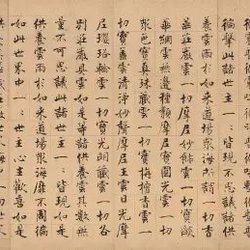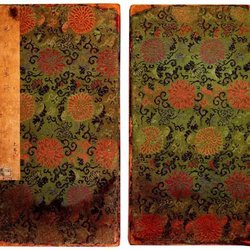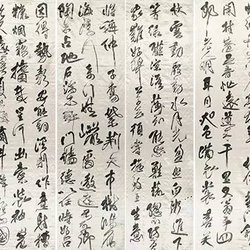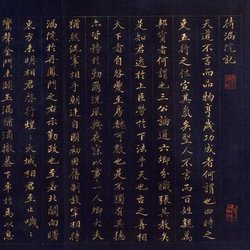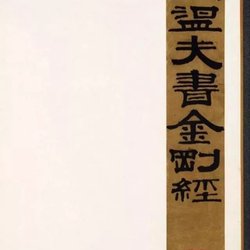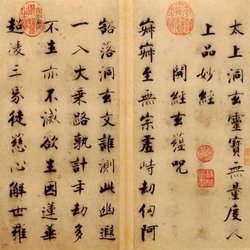"History of the Song Dynasty" contains: "Those who are able to write and know the world". Looks like a famous celebrity! Who is this? …
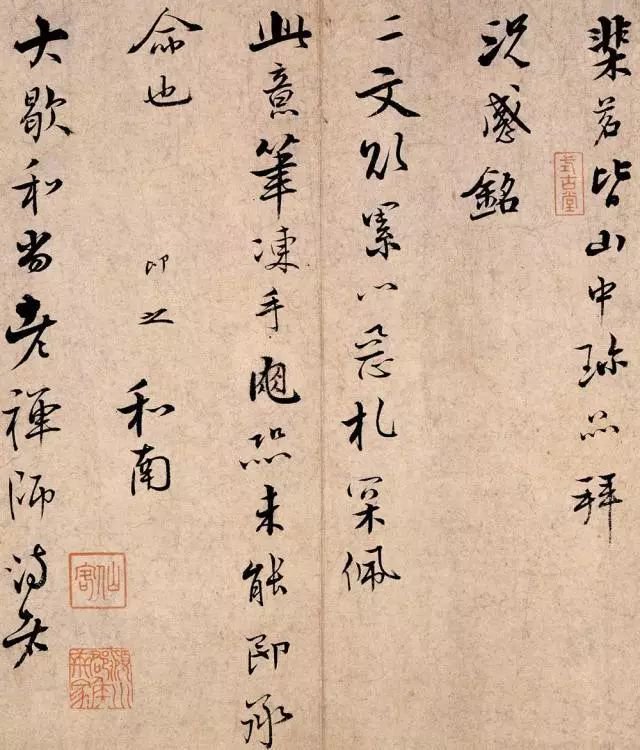
Zhang Jizhi, a calligrapher of the Southern Song Dynasty, was born in Wujiang, Liyang (now Hexian County, Anhui Province). Born into a prominent official family, he was the son of Zhang Xiaobo, a political official, and the nephew of the patriotic poet Zhang Xiaoxiang. With the help of his father's influence, he served as the transfer envoy between Zhejiang and Zhejiang. Promote Jinshi. He has been the official supervisor of Pingjiang Prefecture Academy of Grain Science, general supervisor, and Sinongsi Cheng. Later I learned about Jiaxing, so I stopped talking. He was specially awarded the title of Crown Prince and Tutor, and became an official in Zhimi Pavilion. History has said that he was erudite, righteous, clean, and liked to read books. He had rare copies of classics and history.
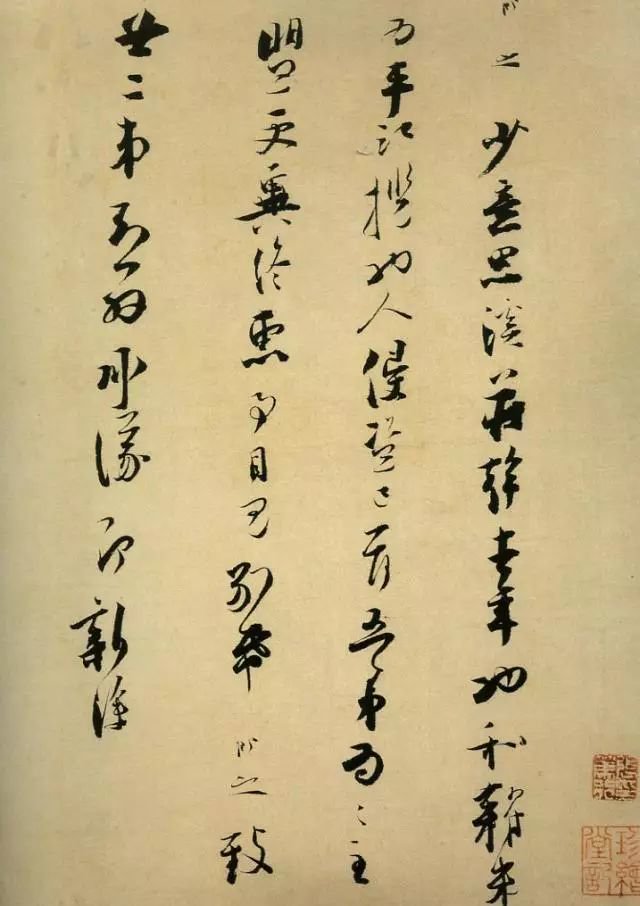
Zhang Jizhi's "Zhuanggan Tie" (i.e. "Xizhuang Tie") cursive script on paper, 27×23.6cm
Zhang Jizhi was an innovator who turned the tide and revitalized the art of calligraphy in the late Southern Song Dynasty. He devoted his whole life to changing the declining style of calligraphy, and he dominated for a while. According to the "History of the Song Dynasty", Zhang Jizhi was "known to the world for his ability to write books". Although the Jurchen tribe was far in the north and in a hostile position with the Southern Song Dynasty, they did not hesitate to spend a lot of money to buy Zhang Jizhi's calligraphy works. He first learned calligraphy from Ouyang Xun, Chu Suiliang and Yan Zhenqing, and then transferred to Mi Fu. He was able to "single-pass the family calligraphy" with Zhang Xiaoxiang's calligraphy as the main tone, with reference to the Jin and Tang classics and Hanli, and with the addition of Zen philosophy. Influenced by calligraphy, it has reached a unique style and realm of calligraphy art, forming a system of its own.
This system was formed on the basis of inheriting the traditional techniques of the ancients, absorbing many nutrients and then boldly innovating. Some people in later calligraphy circles ridiculed Zhang Jizhi's calligraphy as "weird" and inconsistent with "rules", and denounced it as calligraphy that "advocates for meaning", pursues "interestingness" and expresses individuality. Ouyang Xiu, a leader in the literary world in the early Song Dynasty, proposed that calligraphy cannot be specialized in one family and imitate the ancients, but that the important thing is to "get carried away" and form a "family body" by yourself, otherwise you will be a "book slave".
Later, An Shifeng of the Ming Dynasty also said in "Mo Lin Kuai Shi": "In the past, people criticized the Chuoliao calligraphy as bad letters. Now when we comment on his writing style, we don't mean to be weird, but just like his mind, which is in line with the common sentiments." Disobedience, I don’t know that there is joy in being even and round, and horrifying in steepness. From the beginning of the sky to the bottom, there are thousands of strange things, why should the calligraphy method not be arbitrary!?" Here, Anshi has clarified the meaning of Zhang Jizhi's calligraphy. Characteristics, and refuted the so-called "evil letters" from the artistic aesthetic point of view of "interest".
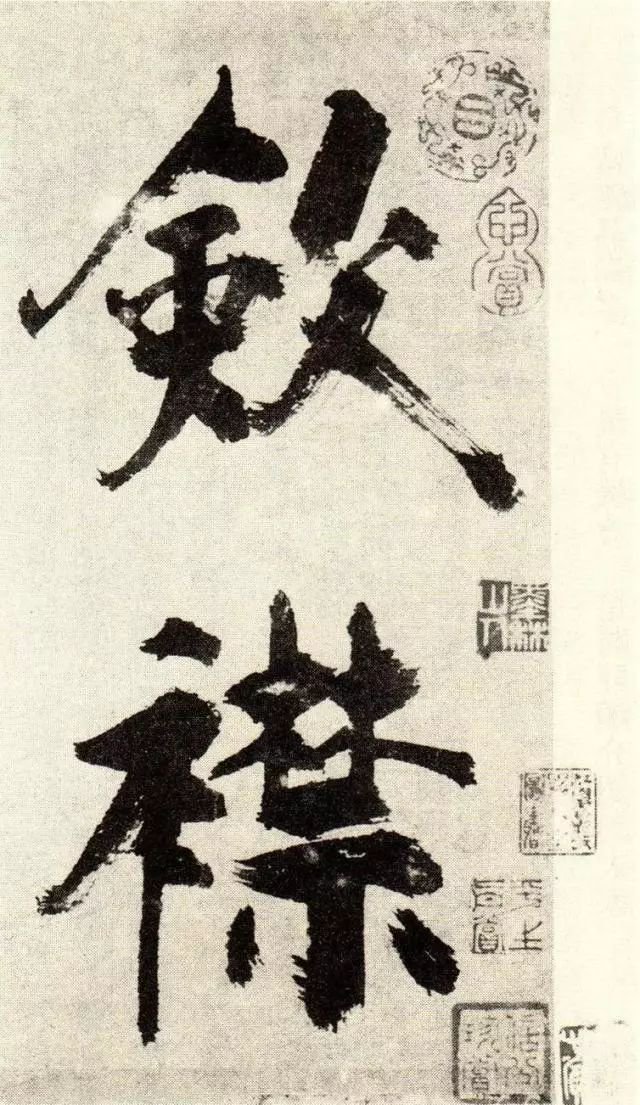
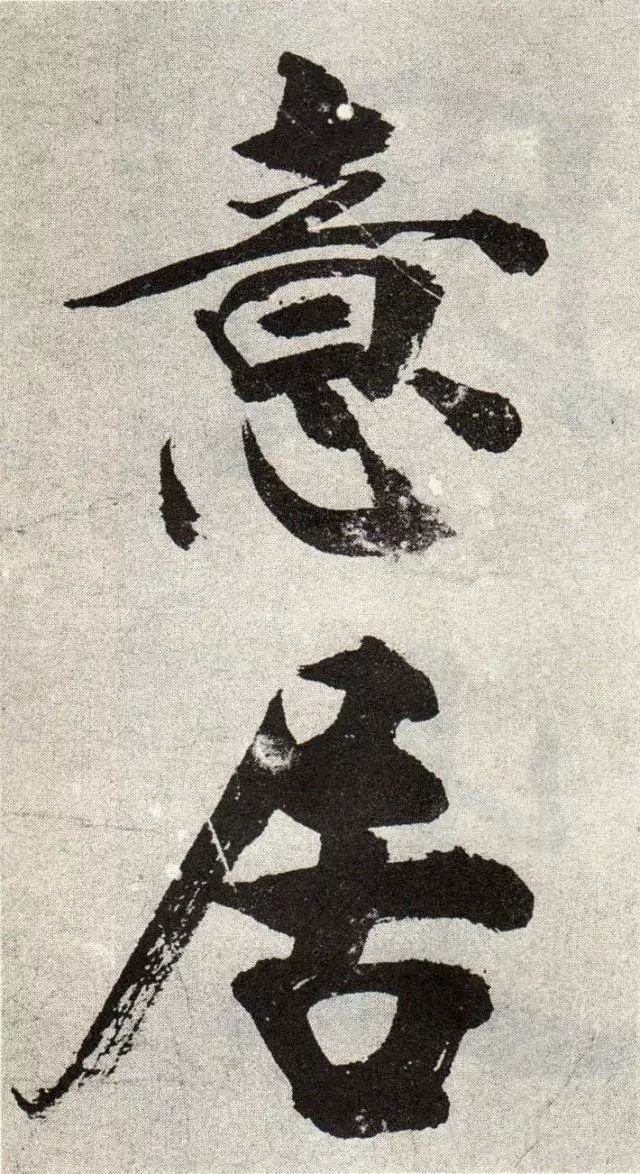
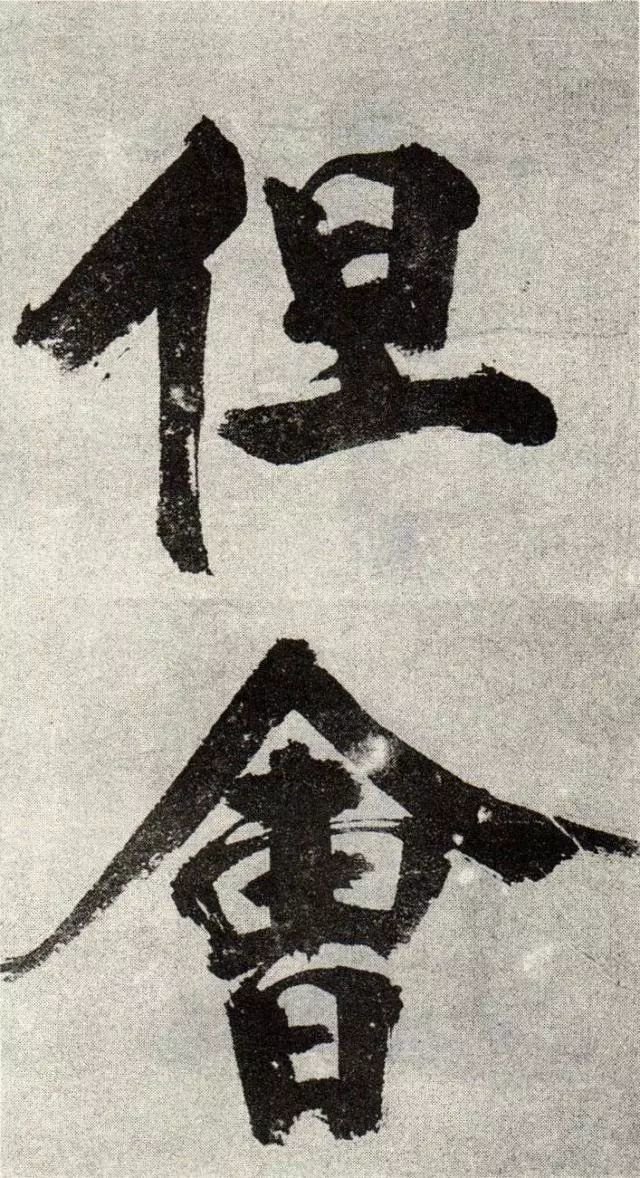
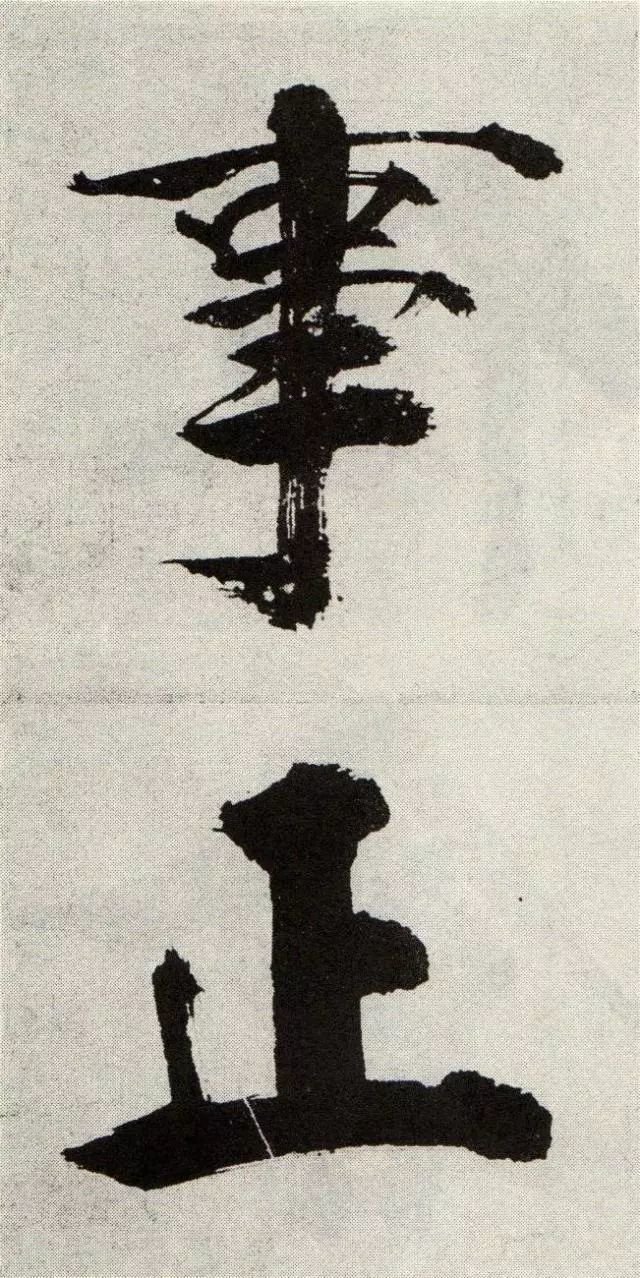
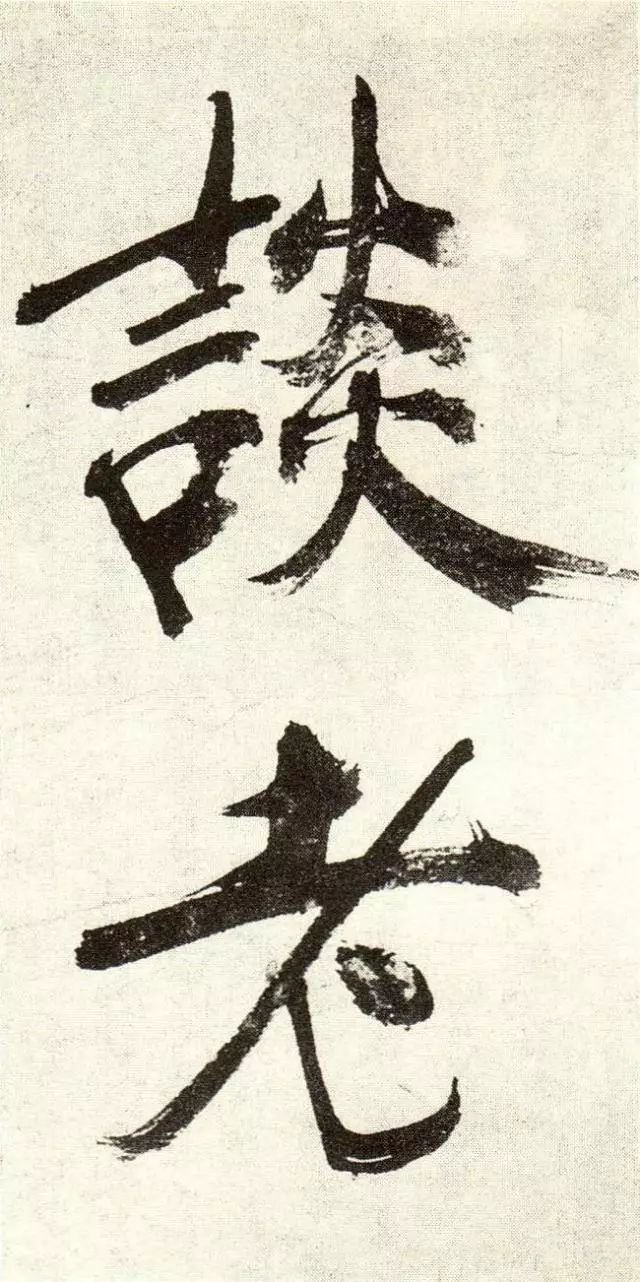
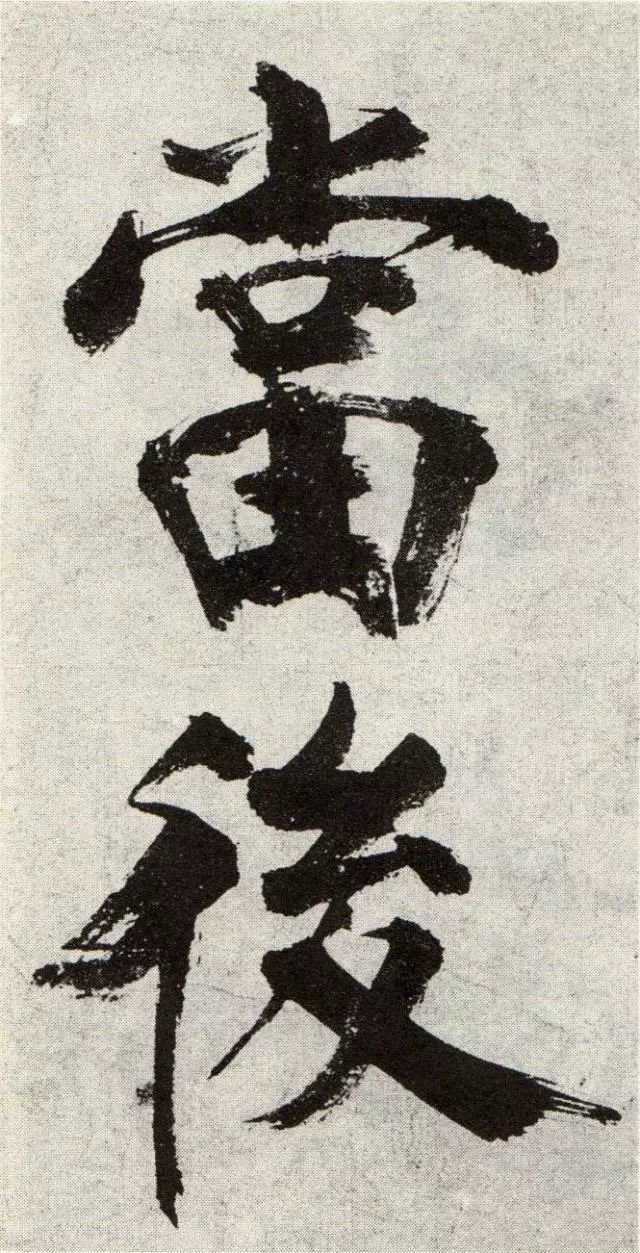
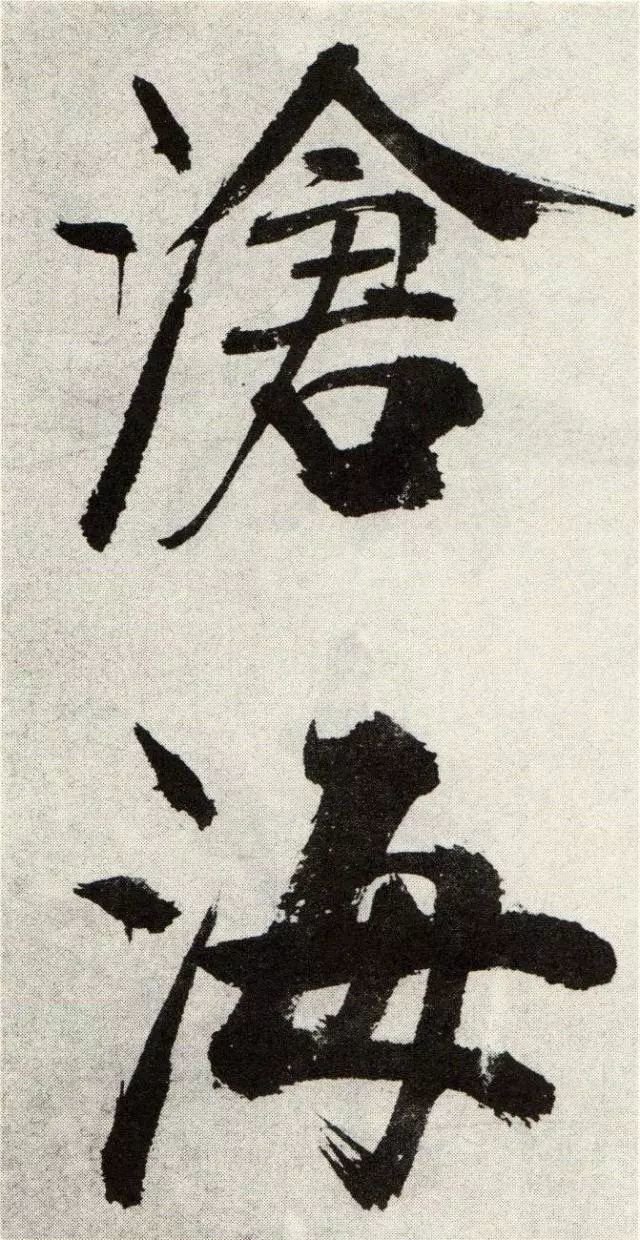
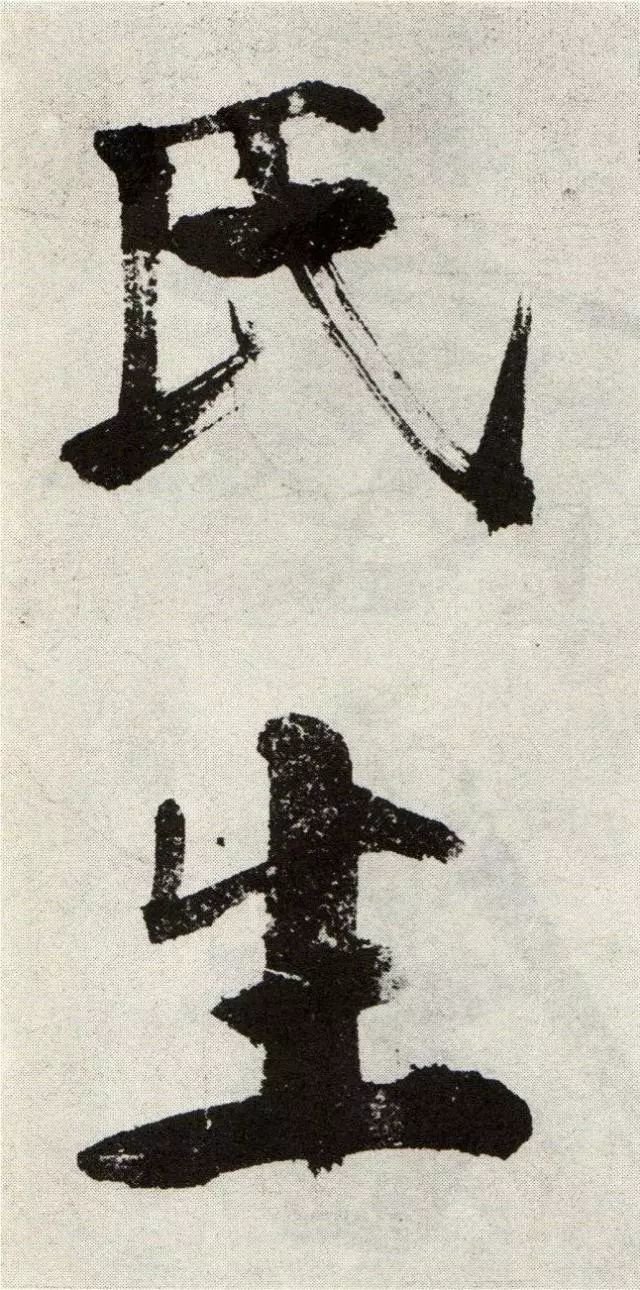
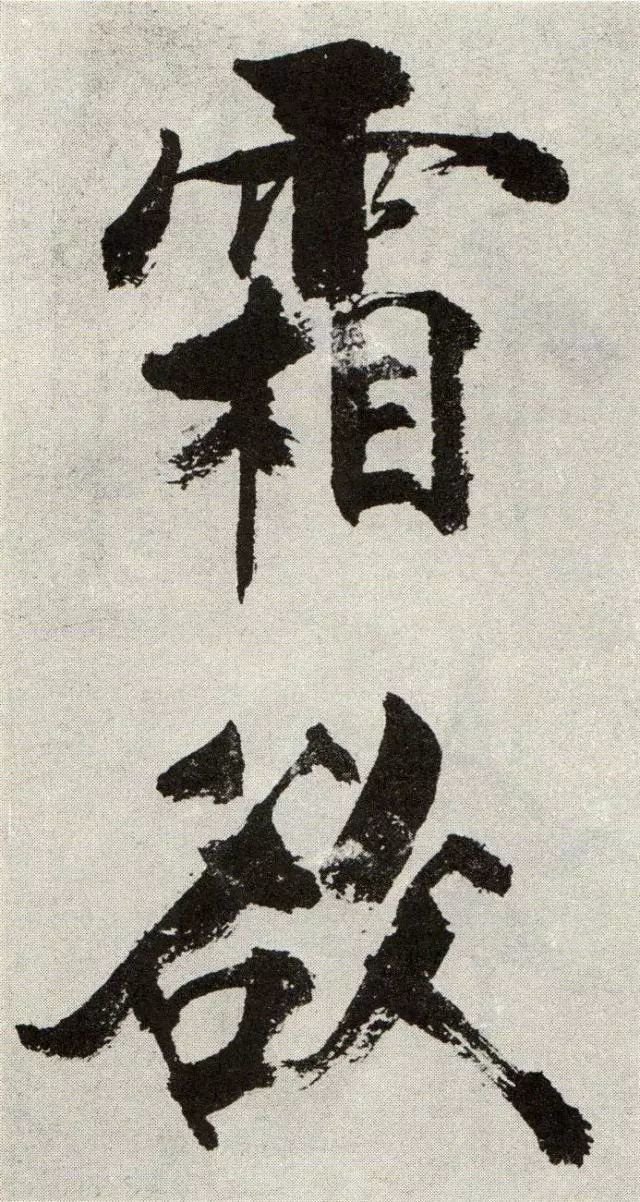
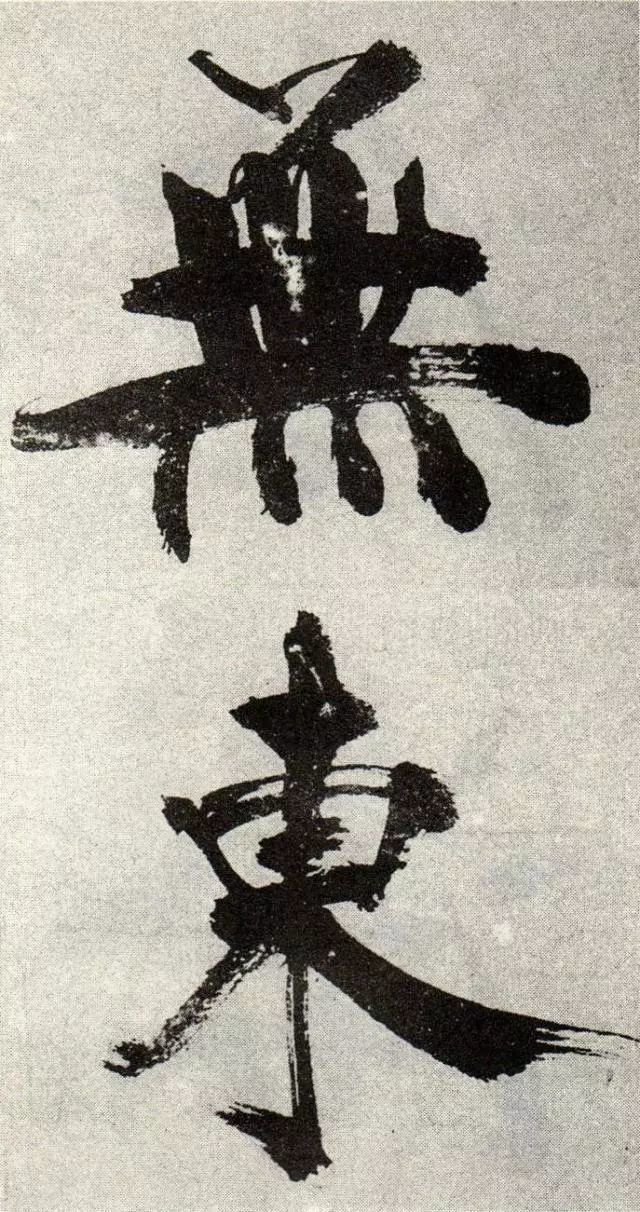
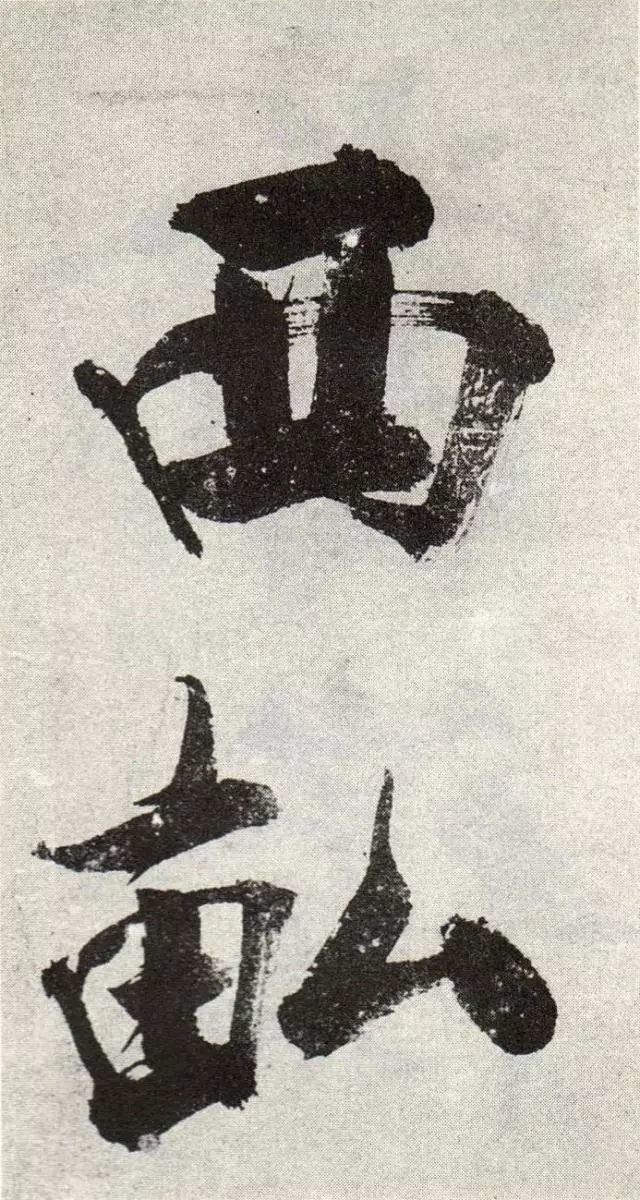
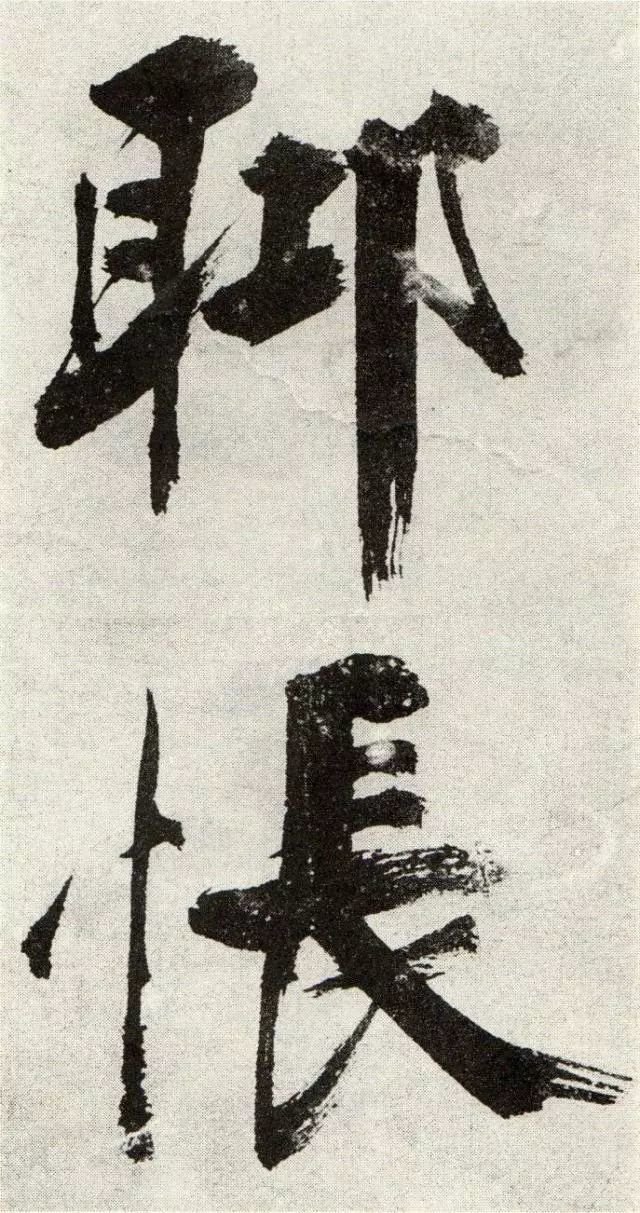
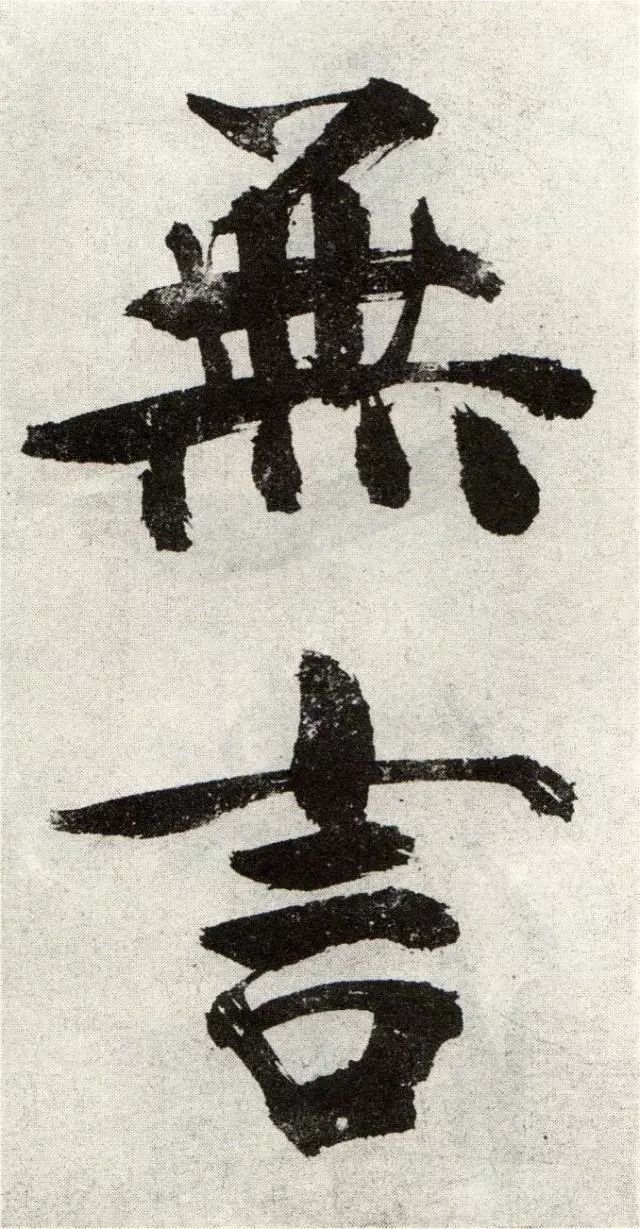
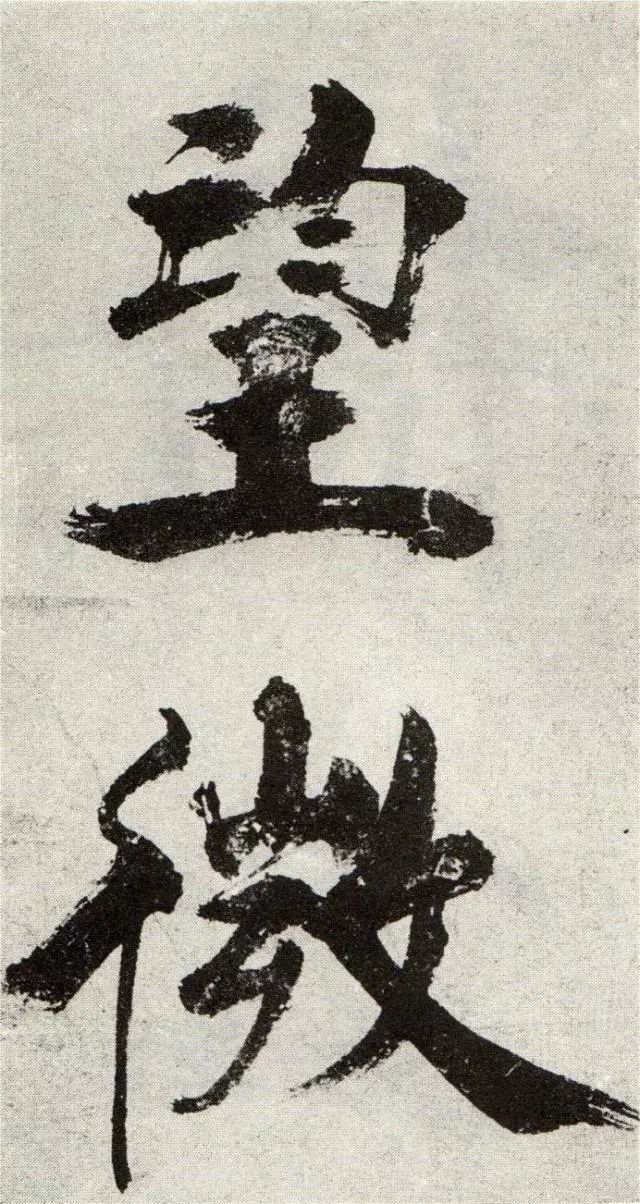
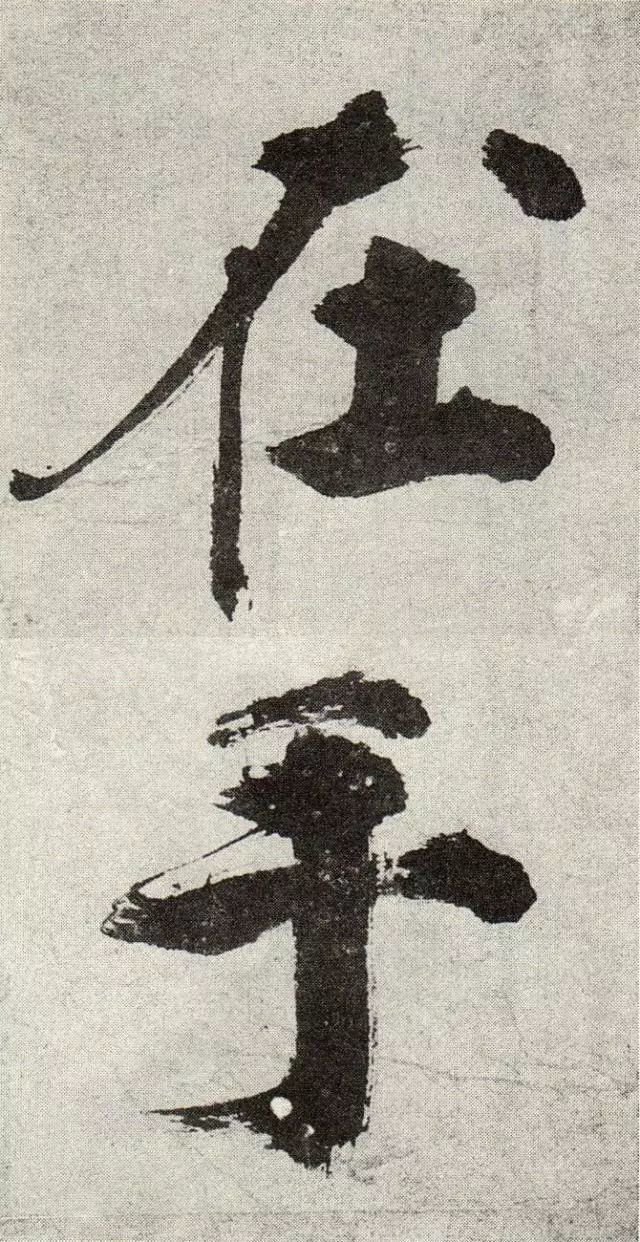
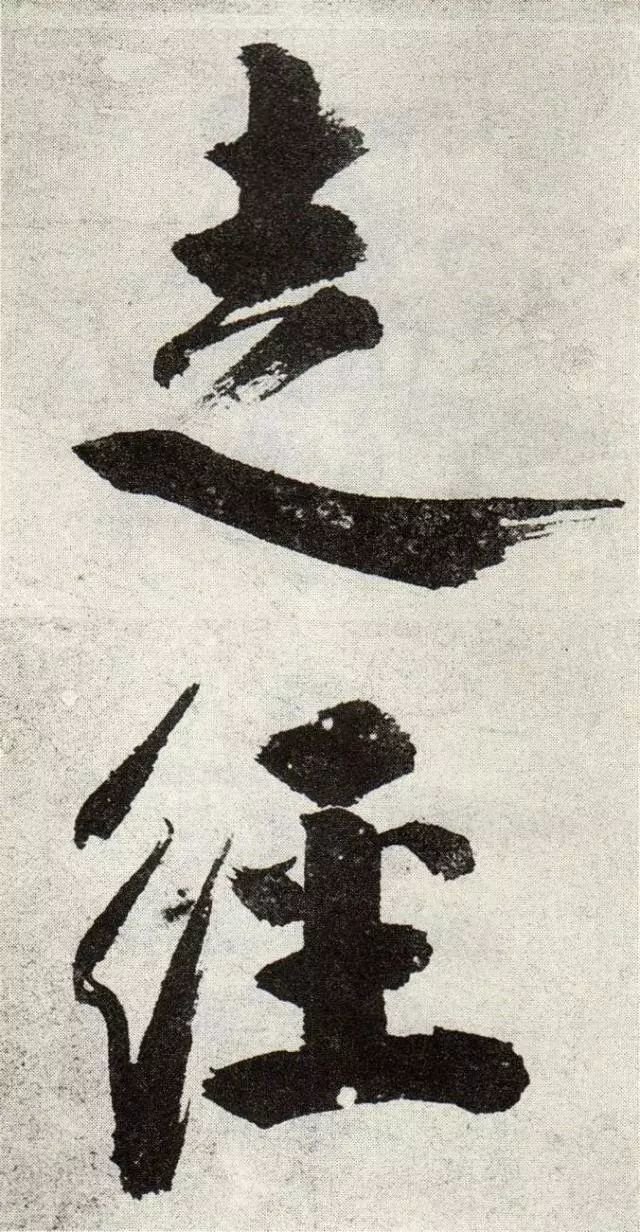
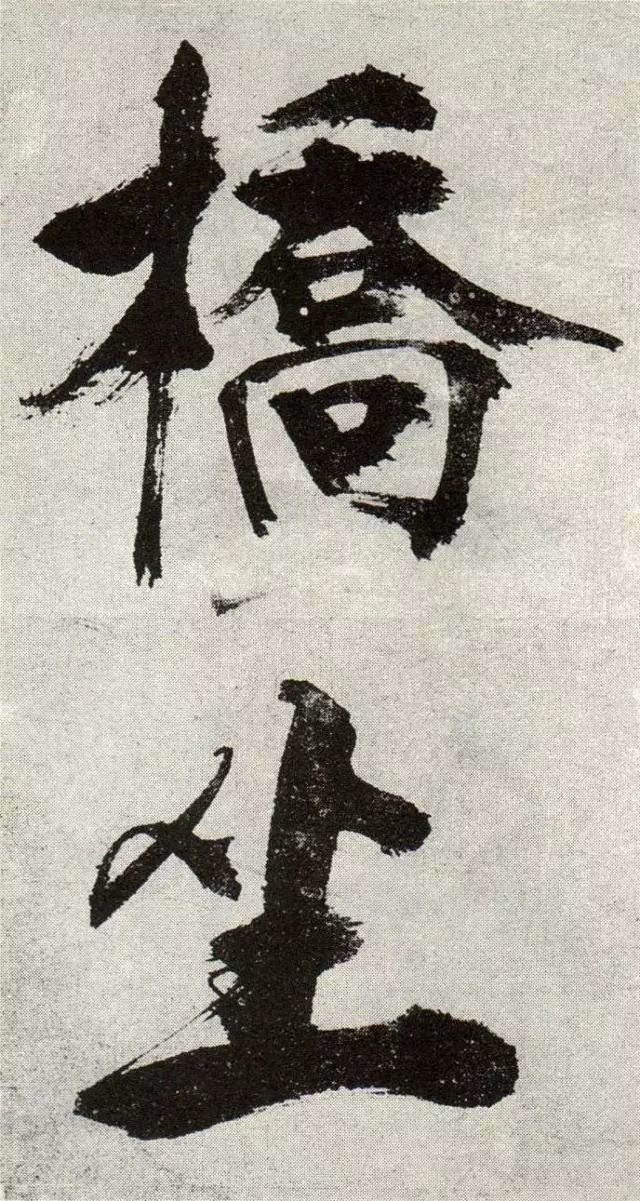
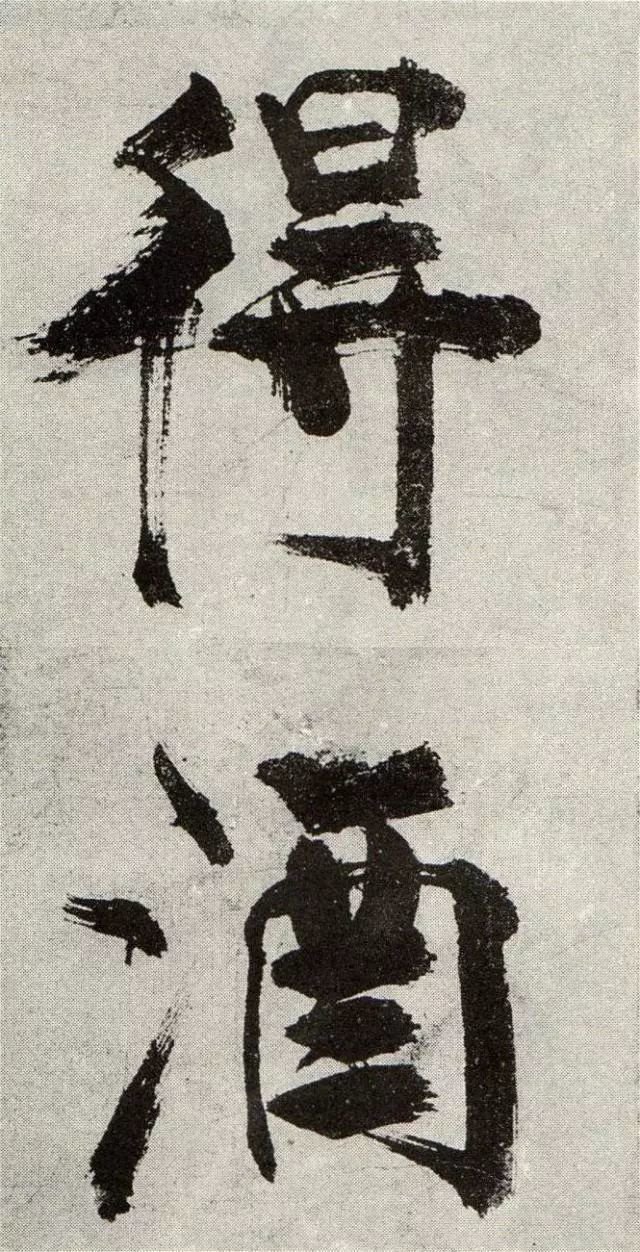
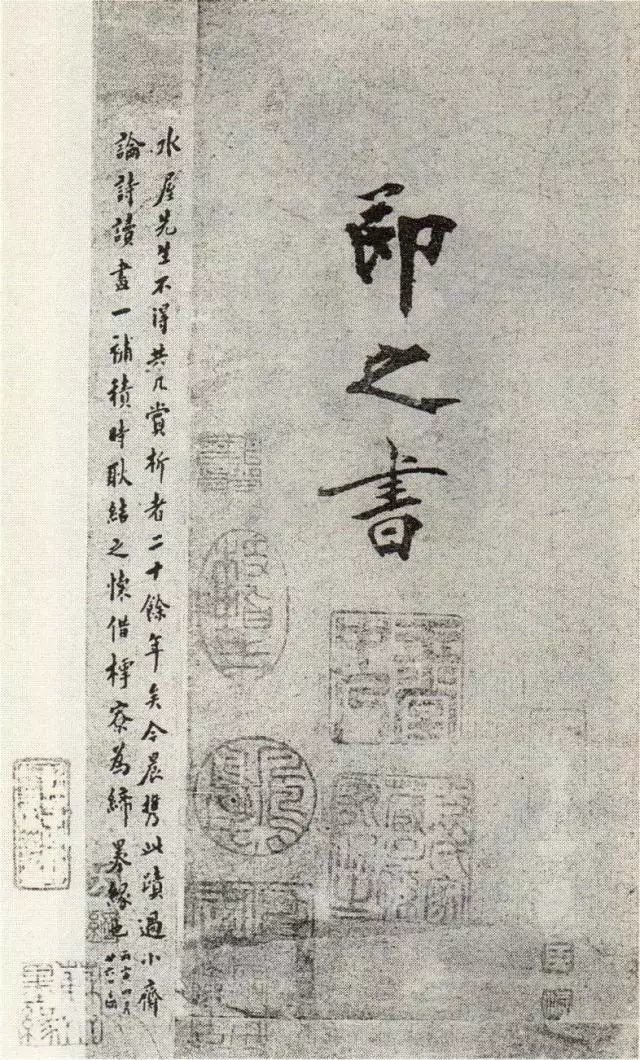
Zhang Jizhi's "Lian Jin Tan Laoshi's Poetry Regular Book", paper, 26.5 cm in length, 13.6 cm in width, collected by Mr. Zhou Xuliang of Zhouzhai

